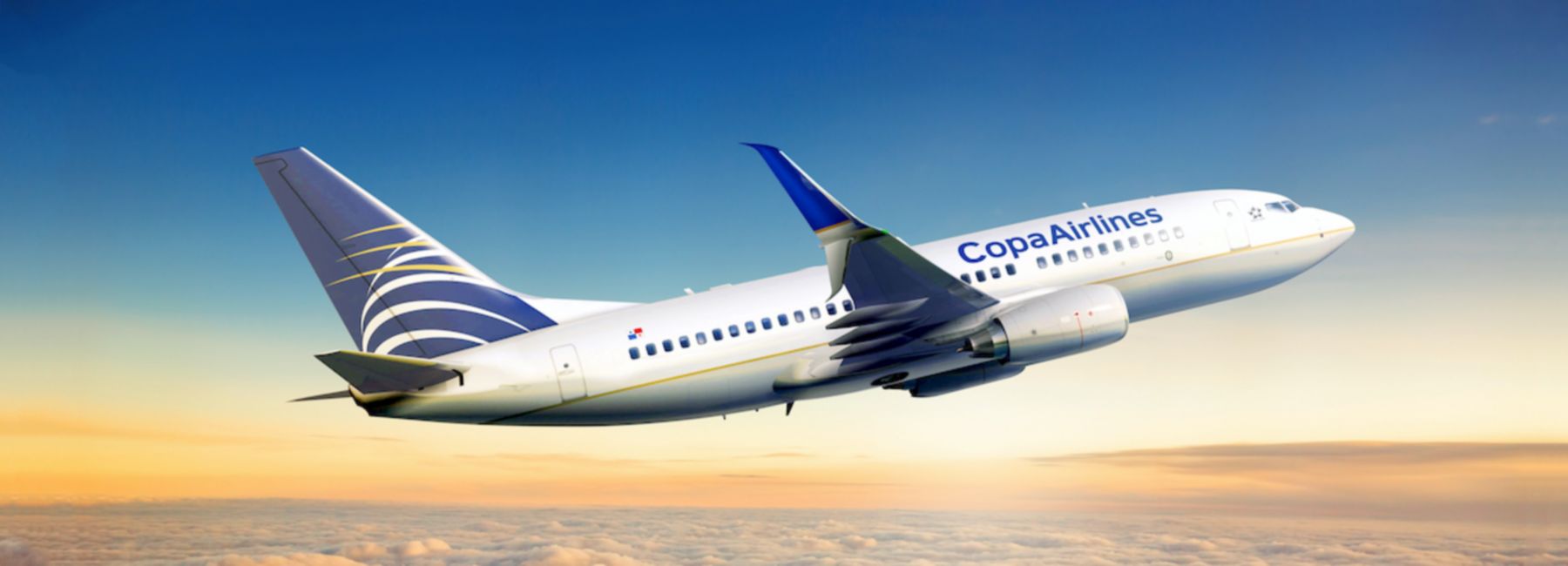Founded in 1947, the National Airline of Panama began by serving just two cities in Panama. Known today as Copa Airlines Inc., the company is transforming its Passenger Service System to serve more than 80 destinations across the Americas with modern applications and user interfaces (UIs).
Copa Airlines has been on a journey, moving from running core applications on a mainframe to modernizing them in the cloud.
During the first leg of its trip, Copa Airlines modernized its UIs with help from DXC Technology, making them more intuitive and easier to use for reservation and check-in agents, sales staff and customers. Now the airline is working with DXC again, this time to gain even more benefits, including greater elasticity and lower prices, by moving to the cloud.
Leaving on a jet plane
Copa Airlines’ transformation journey has evolved over several years. The initial transformation project began in 2016, when Copa began developing and modernizing more than 15 applications interfacing with its airline reservation system and airline operations platform. As part of the project, Copa and DXC also created a modern, more visual UI for its customer service agents.
“This modern UI allowed our agents to get trained more easily, freeing them from learning mainframe commands,” says Copa’s Chief Information Officer (CIO), Julio Toro Silva.
The UI also provided staff with workflows that included everything from researching flights to sales to payments, and at the airport, checking in passengers, checking documents and more. “I’d say 95 percent of our transactions are now handled with a modern UI,” Toro says.
Copa’s transformation has yielded many improvements, and the airline industry is taking note. In 2017 Copa Airlines was named Latin America's most on-time airline by airline reporting service FlightStats. In 2018 Skytrax, an airline consulting and ranking firm, called Copa the best airline in Central America and the Caribbean. And in 2019 travel intelligence company OAG identified Copa as the most on-time airline in the world.
High volumes, fast response
The airline’s initial transformation project completed in 2019, with more than 15 real-time applications running on commodity hardware in DXC’s Tulsa, Oklahoma data center. The project included introducing a new high-performance application that optimized availability of seats on any Copa Airlines flight anywhere in the Americas.
“We need high-volume transactions in real time with very low response times,” Toro says. “That was performed by the mainframe, but it had many, many functional gaps. The mainframe was great for its time, but now it didn’t scale well for these applications. And it was expensive.”
Overall, the initial transformation project was focused on business needs by closing those functional gaps. “It was either do this modernization project or migrate to a totally new platform,” Toro says. “Staying with the status quo? That wasn’t an option.”
Another big gain has been application standardization. With a state-of-the art UI an agent can quickly learn to use new tools and a wide range of integrated applications. That helps improve compliance, agent productivity and customer service. It also makes employee training easier and faster. The workflows show the agents what information is needed next, rather than requiring them to commit a sequence of steps to memory, further improving Copa’s operational efficiency.
Yet another result of the first transformation was the creation of an open, more accessible software environment. That creates new opportunities for application development and access via APIs to third-party applications. “That’s a huge benefit,” Toro says. “Having a core system that’s more open and more accessible empowers our digital strategy. It also enables new capabilities.”
Value delivered
Destination cloud
The COVID-19 pandemic was particularly difficult for Copa Airlines; for much of 2020, the airline was completely grounded. But now, after the initial transformation project was completed, Copa Airlines is again working with DXC, this time completely transitioning from the core mainframe. For the airline’s current and future business needs, the legacy mainframe platform is too rigid, lacks sufficient scalability and is too expensive to run and develop on.
Toro and his colleagues were considering a move to an alternative airline passenger service system platform when DXC made what he calls an “interesting” proposal: “The DXC team came to us with an interesting proposal: migrate applications to the cloud. We’d get greater elasticity, yet at a fraction of the cost.”
The benefits turn out to be quite compelling. Copa Airlines will be able to use as much or as little in the way of hardware resources as needed (“elasticity”), rather than having to build up a fixed capacity for peak periods that during other times goes unused. Another benefit is lower cost. Airlines think in terms of cost per transaction, and Toro estimates that those costs in the cloud will be a fraction of what they were on the mainframe. Yet another advantage is a greater ability to continually modernize applications, in part from databases, tools, automated services and APIs now available in the public cloud.
The company’s migration to the cloud is being planned in two main phases. Phase One, now being tested, moves non-mainframe applications to the cloud and is expected to be completed by late 2022.
In Phase Two, scheduled to start in late 2023, Copa Airlines will shift all its core transaction-processing software from its mainframe to the Microsoft Azure cloud. Thanks to DXC’s partnership with Microsoft, Copa Airlines will also gain broader platform functionality via access to third-party data and tools, automation and other modern cloud features.
That will also allow a future move to a composable architecture, which involves transforming core applications into components and functions, each of which can be changed and improved, and can utilize third-party data services. “We will decompose monolithic applications into microservices and data layers,” Toro says. “That will translate into flexible business services that interact with our own and third-party applications with basically unlimited scalability. It will enable endless new possibilities to develop new products and service our customers.”

